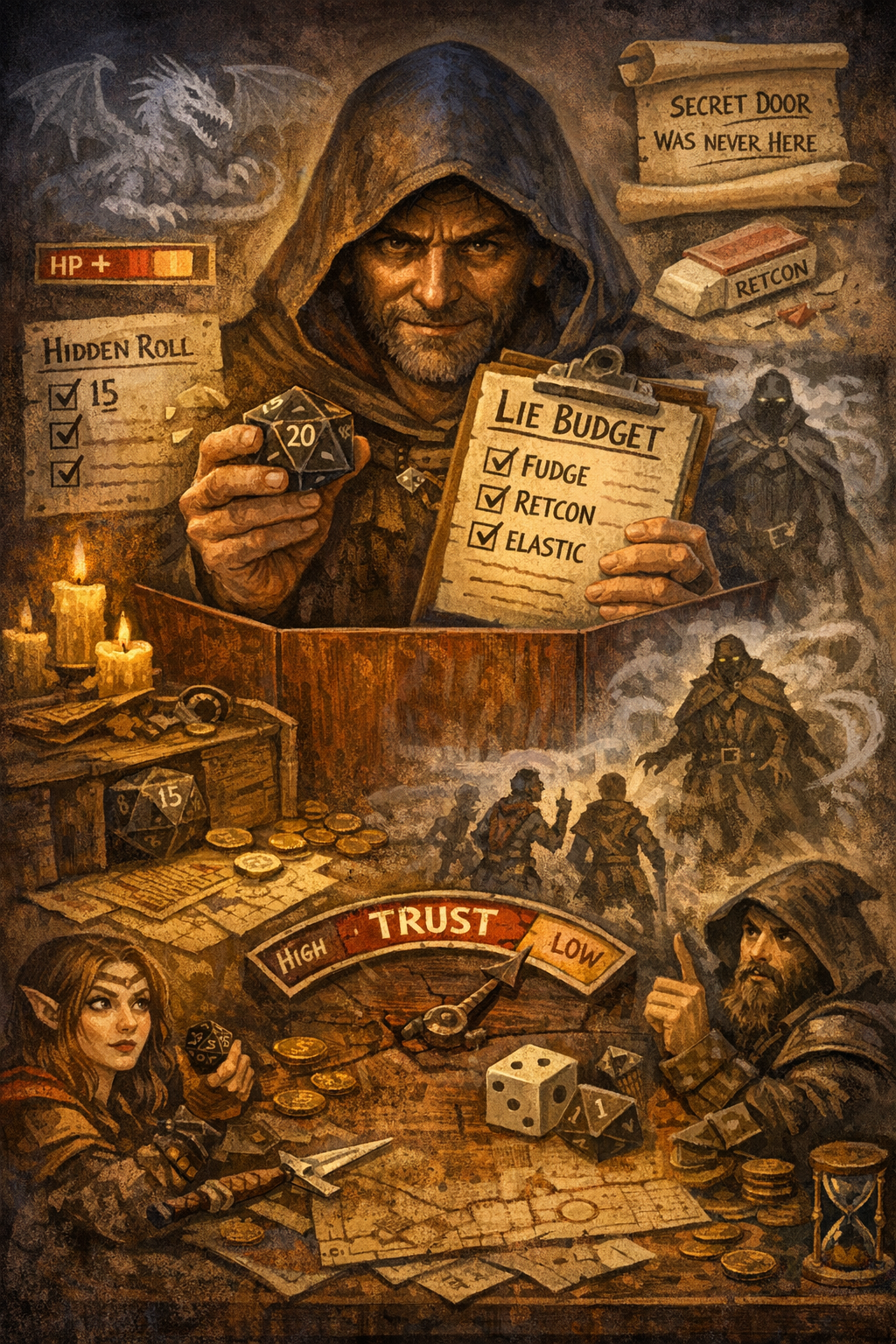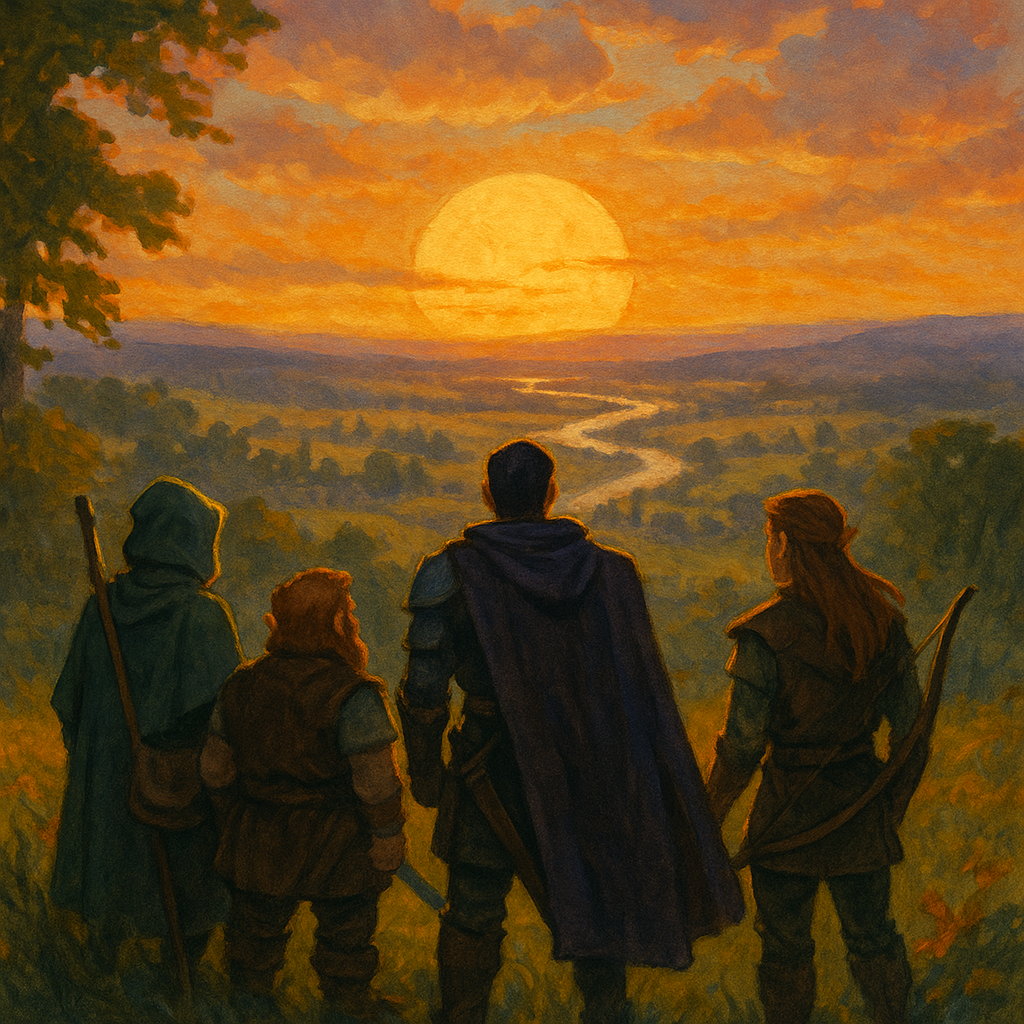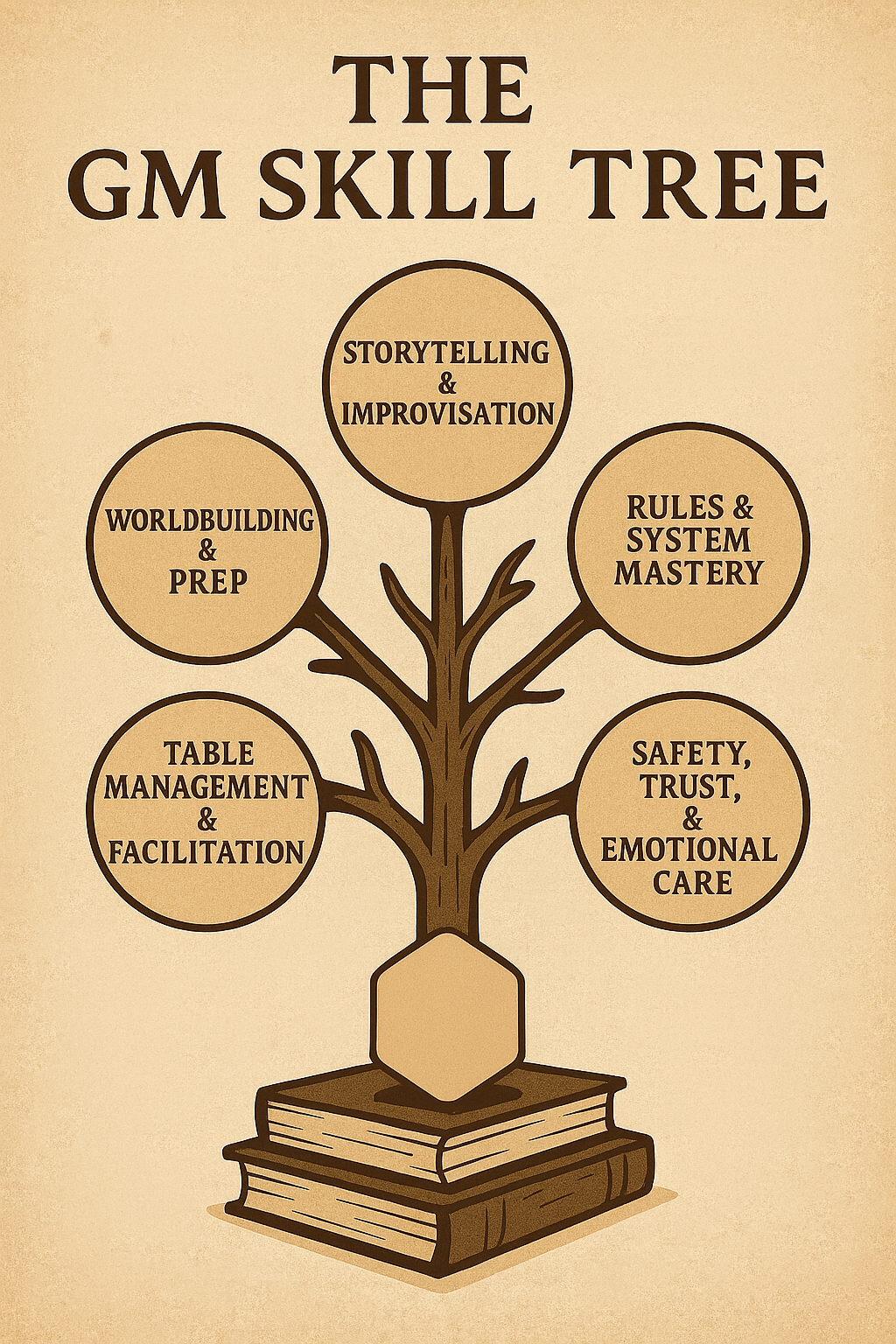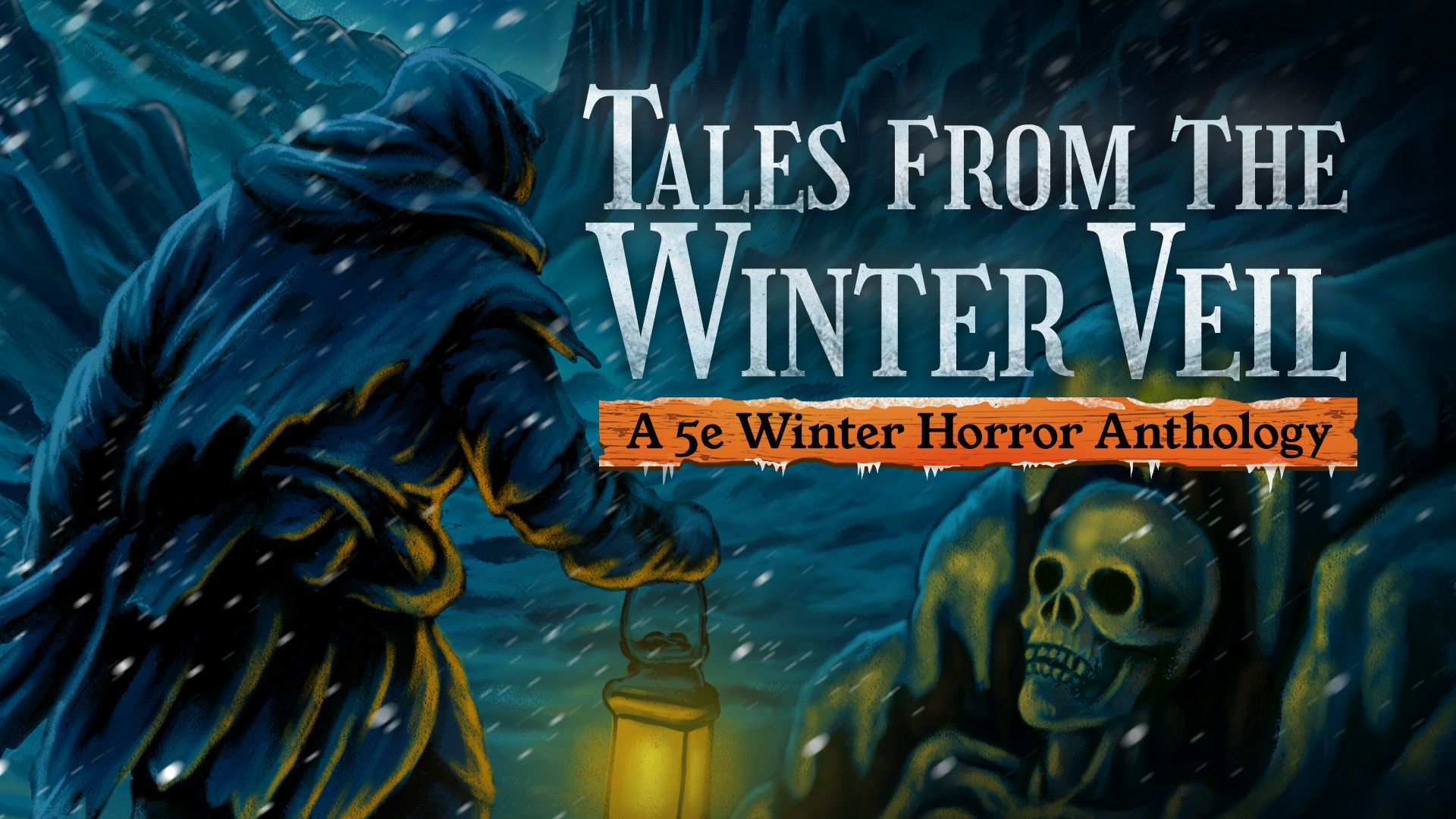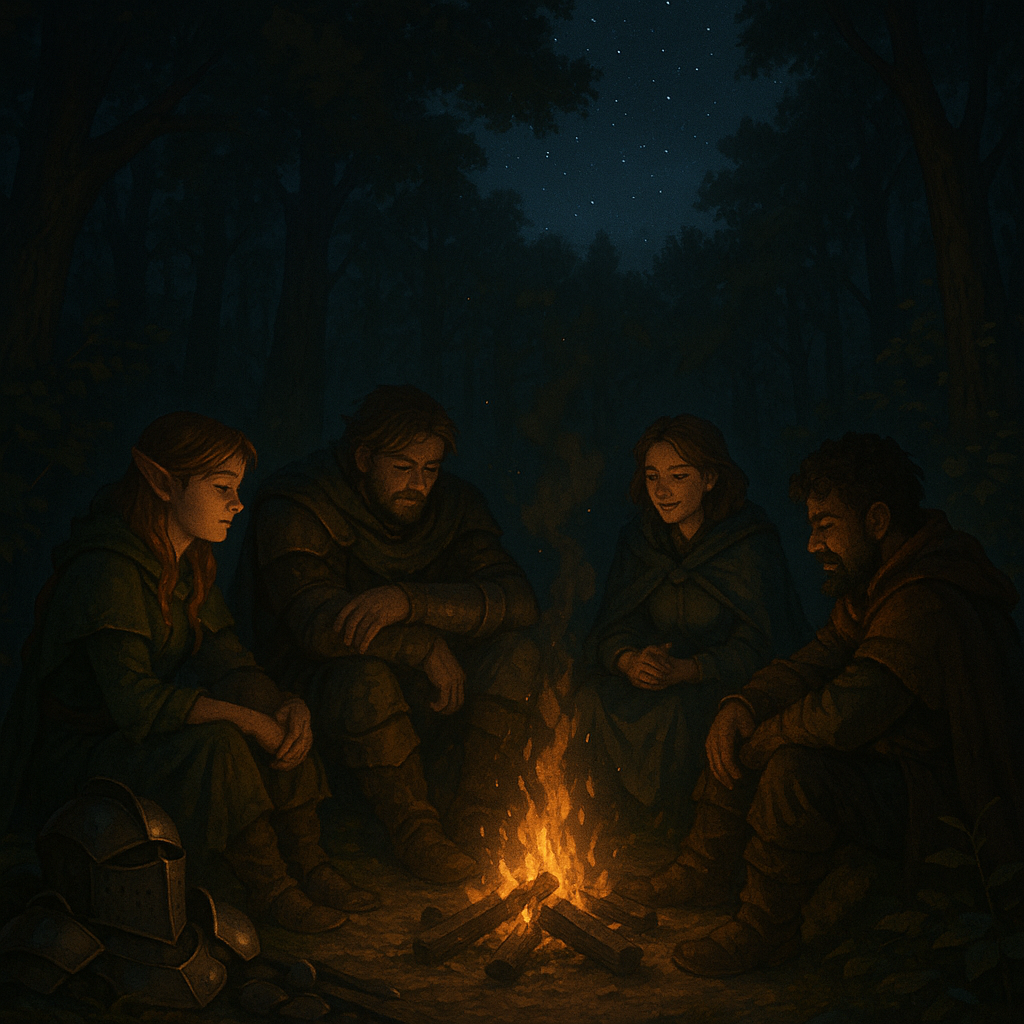The Memory of Monsters: When Creatures Remember the Heroes
The Players Aren't The Only Ones With Memory of Events and Nobody is the Villain in Their Own Story...
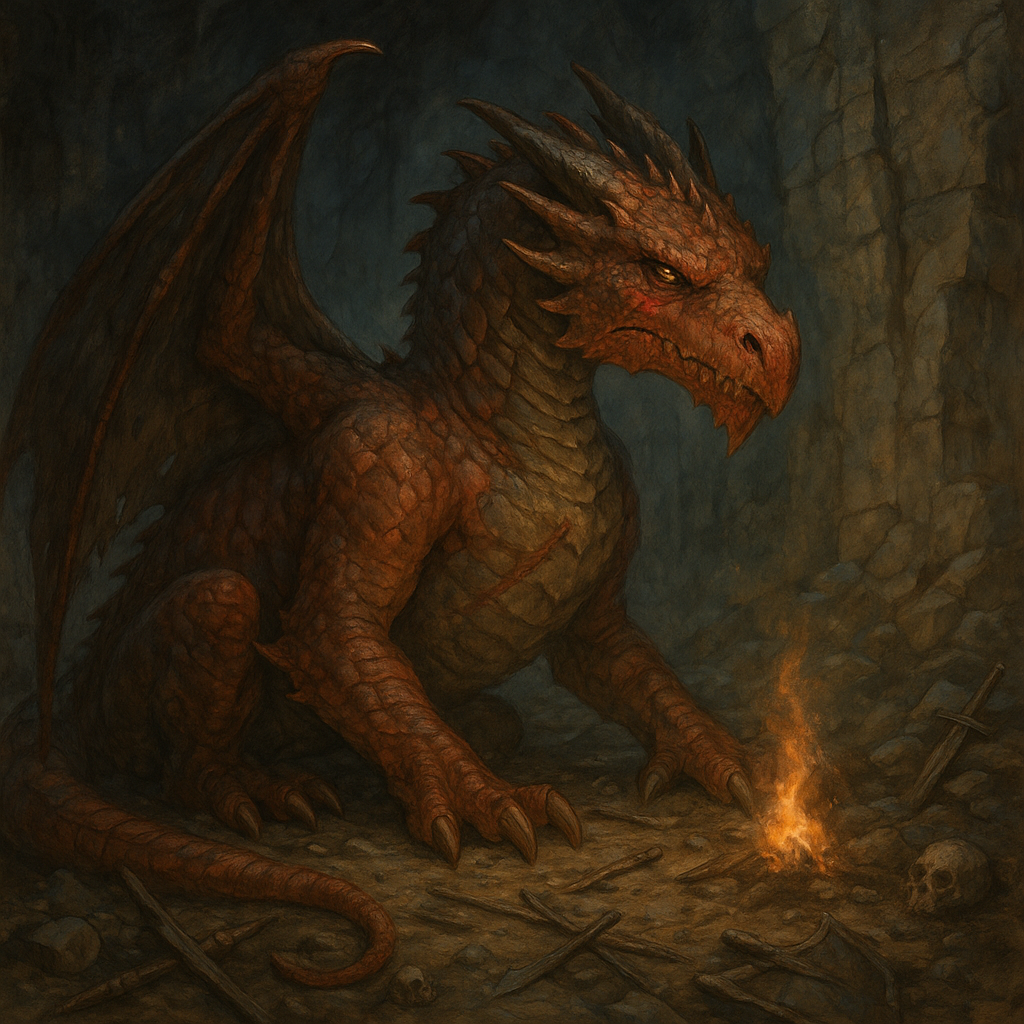
Dear Readers,
Picture this scene: months after your party defeats a terrifying creature, they return to that same ruin and find the traps rearranged, the symbols redrawn, and the corridors whispering their names. The monster they thought destroyed has learned. It remembers the voices that mocked it, the fire that burned it, and the hands that tore apart its lair.
It is one thing to fight a monster.
It is another to be remembered by one.
We work so hard to make villains unforgettable. We give them speeches, schemes, and tragic ends. Yet we rarely ask what happens to the creatures they leave behind. What if monsters did not vanish into oblivion after initiative ended? What if they changed, adapted, and remembered?
Today, we explore how memory gives monsters meaning and how that meaning can transform your world from a list of encounters into a living story of consequence.
Disposable Monsters and the Cycle of Forgetting
Most monsters in Dungeons & Dragons exist to die. They fill space between milestones, offer experience points, and give players a target for new abilities. A goblin falls, another appears next week, and the world feels strangely static.
When monsters vanish without leaving any mark, the world forgets the heroes just as quickly as they forget it. The story resets with every victory. No one remembers the fire, the fear, or the faces.
That loss of continuity flattens wonder. It makes the game mechanical instead of emotional. Memory changes that. When creatures recall pain or fear, when they adapt to past defeats, the story gains depth. Encounters become relationships rather than obstacles. Relationships create emotion, and emotion creates legacy.
The Intelligence of Memory
Creatures remember in different ways. A wolf recalls scent, a golem recalls commands, a lich recalls centuries. Recognizing these differences is the first step toward giving memory life at your table.
1. The Animal Mind
Animals remember instinctively. A bear remembers where it found food. A wolf remembers the smell of fire. A wyvern remembers the loss of a clutch of eggs and grows vicious whenever it hears human voices. Their memories are not rational, but they are real.
Describe this kind of memory through behavior.
“The pack circles warily. The scars on the alpha’s flank tell it what your flames can do.”
This is not random hostility. It is consequence made visible.
2. The Constructed Mind
Constructs, undead, and other created beings remember through repetition. A stone guardian remembers by routine, marching the same route even after its master is gone. A revenant remembers through obsession, hunting a killer long since buried.
These memories are fossilized. They never fade, and that is what makes them tragic. A golem keeps defending a hallway that no one needs defended. A revenant keeps chasing justice long after justice lost meaning. Their endurance becomes sorrow.
3. The Intelligent Mind
Some monsters truly learn. Dragons, mind flayers, vampires, and other thinking beings catalog every battle and every failure. They know the heroes’ patterns. They anticipate habits. They keep grudges like ledgers.
When your players face such a foe for the second time and see that it has adjusted, they will feel both dread and respect. The monster has evolved because of them.
Teaching Players That They Can Be Remembered
The first time it happens, it should surprise them. Perhaps the goblins they fought before now ambush from higher ground. Perhaps the ogre they wounded with acid now wears reflective armor. Perhaps a scarred bandit recognizes the cleric and runs at the sight of their holy symbol.
Small details speak volumes. They tell the players, “The world has not forgotten.”
Once your group understands that memory exists, their choices gain weight. They think before they burn, before they boast, before they spare. The game stops being episodic and starts feeling alive.
The Mechanics of Memory
You can integrate the idea without heavy bookkeeping. A few well-placed details are enough.
1. Scars and Signs
Let monsters wear their stories. A troll with one arm missing, a manticore with an arrowhead still lodged in its side, or a lich whose cracked phylactery glows when it sees the one who caused it. These signs say, “I remember.”
2. Changed Tactics
A returning foe should act differently. The bandits who once charged blindly now attack at night. The cult that was overrun now spreads false rumors to lure the heroes into traps. Even beasts adapt. A displacer beast might fight in narrow spaces where illusions offer less advantage.
Tactics are the language of memory.
3. Environmental Change
When the heroes revisit an old site, let them see the results of their past. A burned village hides traps beneath the ashes. A cave that once held goblins now echoes with carrion crawlers drawn to the corpses. Nature itself remembers violence.
These moments show that actions ripple forward instead of fading away.
The Emotional Echo of Memory
Monsters can remember feelings as much as facts. Fear, sorrow, loss, and pride shape how they behave.
A druid’s animal companion might return home to find its pack wary and cold. A dragon may haunt the ruins where its kin were slain. A sentient sword may whisper to a new wielder about the one who wielded it last.
Emotion adds tragedy. Consider the undead knight who guards a forgotten queen’s tomb, unaware that she has been erased from history. The players might have to fight him, but in doing so they destroy the last piece of someone else’s devotion. Combat becomes heartbreak.
Building Recurring Foes with Purpose
A recurring enemy becomes powerful when it evolves in response to the party. Here are ways to build such depth.
1. Give Them a Point of View
Every creature believes it is right. A kobold defending its tunnels sees the invaders as villains. A banshee howls not from malice but from grief. When these beings remember, they do not recall “the party.” They recall specific people, with names and voices.
2. Make Their Memory Imperfect
Memory distorts. A monster may misremember who struck the killing blow, or imagine betrayal where none existed. That misunderstanding can drive an entire arc.
3. Let Them Change Over Time
A lich may begin as a tyrant seeking power, then, after seeing mortal courage, pursue knowledge instead. A werewolf who lost its pack to silver blades might later protect travelers from worse predators. The next meeting is not a rematch. It is a confrontation between what both sides have become.
4. The Journal Technique
Have the heroes find a record of their enemy’s thoughts. Later, when the creature faces them, it quotes their own words back to them. That moment crystallizes how long it has been waiting.
The Monster’s Perspective
Here is a sample passage to show how simple narration can breathe life into a forgotten foe.
The basilisk hides in the dark.
It remembers the footsteps and the laughter.
It remembers the light that burned its eye.
The voices return now, louder, careless, believing the cavern still theirs.
The basilisk lowers its head and waits.
Even a short vignette like this can make an old location feel alive again.
Memory and Reputation
Reputation is the public face of memory. When stories spread about what the heroes did, those stories affect more than tavern talk.
A necromancer’s apprentices might learn of their master’s death and vow revenge. A tribe might paint symbols warning others of “fire wielders.” Goblins who once fled might rally under a new banner.
Reputation gives the world a social nervous system. The heroes’ deeds echo outward until the entire land seems to hold its breath when they arrive.
When Memory Hurts
Sometimes being remembered does not feel heroic.
Perhaps a child approaches the party asking about a parent who never returned from the battlefield they created. Perhaps a ghost follows them silently, waiting for acknowledgment. Perhaps an intelligent creature pleads, “You destroyed everything I loved, and you never looked back.”
These moments do not punish the players. They remind them that even victory has cost. If they feel empathy, the world has come alive.
Memory as Reward
The same system can reward compassion.
If the heroes once spared a monster, let it return later in gratitude. A kobold they freed might bring information. A beast they healed might lead them to treasure. Small acts echo louder than gold pieces.
Most players expect consequences for cruelty, not for kindness. When mercy earns recognition, it changes how they see the world.
Legends That Grow Teeth
Sometimes memory outlives the monster itself.
The offspring of a slain dragon inherit vengeance. The cult of a fallen vampire keeps the old hunger alive. The legend of a hydra grows so large that other hydras adopt its name.
Through exaggeration and fear, your players become part of folklore. They are no longer characters in one story. They are myths in several.
The Ethics of Vengeance
When a creature remembers pain, its retaliation might seem reasonable.
If the heroes burned its home, killed its kin, and stole its treasures, can it truly be called evil for seeking justice?
A young red dragon might confront them and say,
“My mother spoke of you. She said you took her eyes before you took her life.”
That one sentence can shift an entire campaign’s tone. The line between heroism and harm blurs. Memory exposes morality.
Dreams, Hauntings, and Echoes
You can make memory supernatural.
A haunted field might replay scenes of battle. The dreams of adventurers might echo the voices of the slain. Even the soil might whisper old names during storms.
These details build atmosphere. They turn locations into characters that remember what happened there.
Worldbuilding with Collective Memory
Whole species can share memory. Goblins may tell stories of “The Burners,” teaching their young to hide from torchlight. Dragons might record names in obsidian tablets. Fey might remember only feelings rather than facts, holding grudges for reasons long forgotten.
This collective recall gives continuity to your setting. Every encounter has the chance to tie back to a previous one. The past becomes landscape.
Memory as Foreshadowing
Memory can point forward as well as backward.
Rumors might surface of creatures preparing for the heroes’ arrival. Traps might already counter known tactics. Survivors might be gathering under a single leader who studies the party’s moves.
Such clues build tension. The players realize something unseen is watching them, learning from them, and planning. That realization makes the world feel intelligent.
Player Memory in Parallel
The reason this theme works so well is that players remember too. When you bring back an old enemy or revisit a changed location, you activate nostalgia. They recall how uncertain they once were, how far they have come, and what mistakes still haunt them.
The campaign grows older with them. Memory makes time visible.
Keeping Memory Manageable
You do not need to track every encounter’s aftermath. Choose a few significant ones and give them room to breathe.
Keep a short list called “Echoes.” Write down:
- Which monsters or factions escaped or observed.
- Which areas were damaged or altered.
- What unresolved emotions linger.
Review it before each session. Even a single callback every few weeks keeps continuity alive.
The Monster’s Words
Let the creature speak its recollection aloud.
“You burned me once, little mage. Let us see if your fire still burns bright.”
“You swore to free me, but you never returned.”
Such lines turn combat into conversation. They make the fight about history rather than statistics.
The Memory of Mercy
Kindness deserves continuity too.
If the players healed, spared, or honored a foe, let that moment matter. Perhaps the creature aids them later. Perhaps it warns them of danger. Perhaps it simply bows and walks away.
Mercy that is remembered teaches the table that compassion is as powerful as combat.
The Quiet Memory
Sometimes absence tells the story.
Imagine a curse that erases memory itself. The heroes revisit a place where every creature should recognize them, yet no one does. Even the undead rise again with no trace of their past. Do the heroes fight them again, or try to restore what was lost?
Forgetting can be as haunting as remembrance.
Designing a Memory-Themed Campaign
You can build an entire campaign around the concept.
Act One: The First Scar
The party kills a mighty creature whose death disrupts the region. Survivors flee, carrying tales of vengeance.
Act Two: The Return
Months later, the heroes face organized resistance. Their former victims have united, prepared, and evolved.
Act Three: The Reflection
The heroes learn that the creature’s spirit survives as an imprint upon the land itself. Every being that remembers them strengthens its rebirth.
The final battle is not against a monster but against the consequence of memory itself.
The Monster’s Poem
I dreamed of fire.
I dreamed of laughter echoing through stone.
Heroes forget, but I do not.
The ash remembers. The bones remember.
And when they come again, I will rise.
Use fragments like this in inscriptions or songs. Let memory shape your world’s art.
When Roles Reverse
Eventually the players will realize that they have become the monsters in someone else’s legend.
The goblin child they spared grows into a leader who fears them. The dragon they wounded becomes a story told to scare its kin. The lich they destroyed becomes a bedtime warning whispered by apprentices.
Memory flattens hierarchies. In stories, heroes and monsters share the same stage.
Epilogue: The Weight of Being Known
When your monsters remember, your world deepens. The heroes’ deeds echo through stone and bone. The dungeons they clear do not stay empty. The eyes that watched them once will watch them again.
Let the creatures of your world adapt, change, and tell stories of their own. Let the lairs bear scars. Let names carry weight.
Because when your players step into a familiar cave and see the burn marks from their first torch, they realize that the world itself remembers them. That moment, more than any dice roll, proves that your story has a heartbeat.
Until next time, Dear Readers…
















